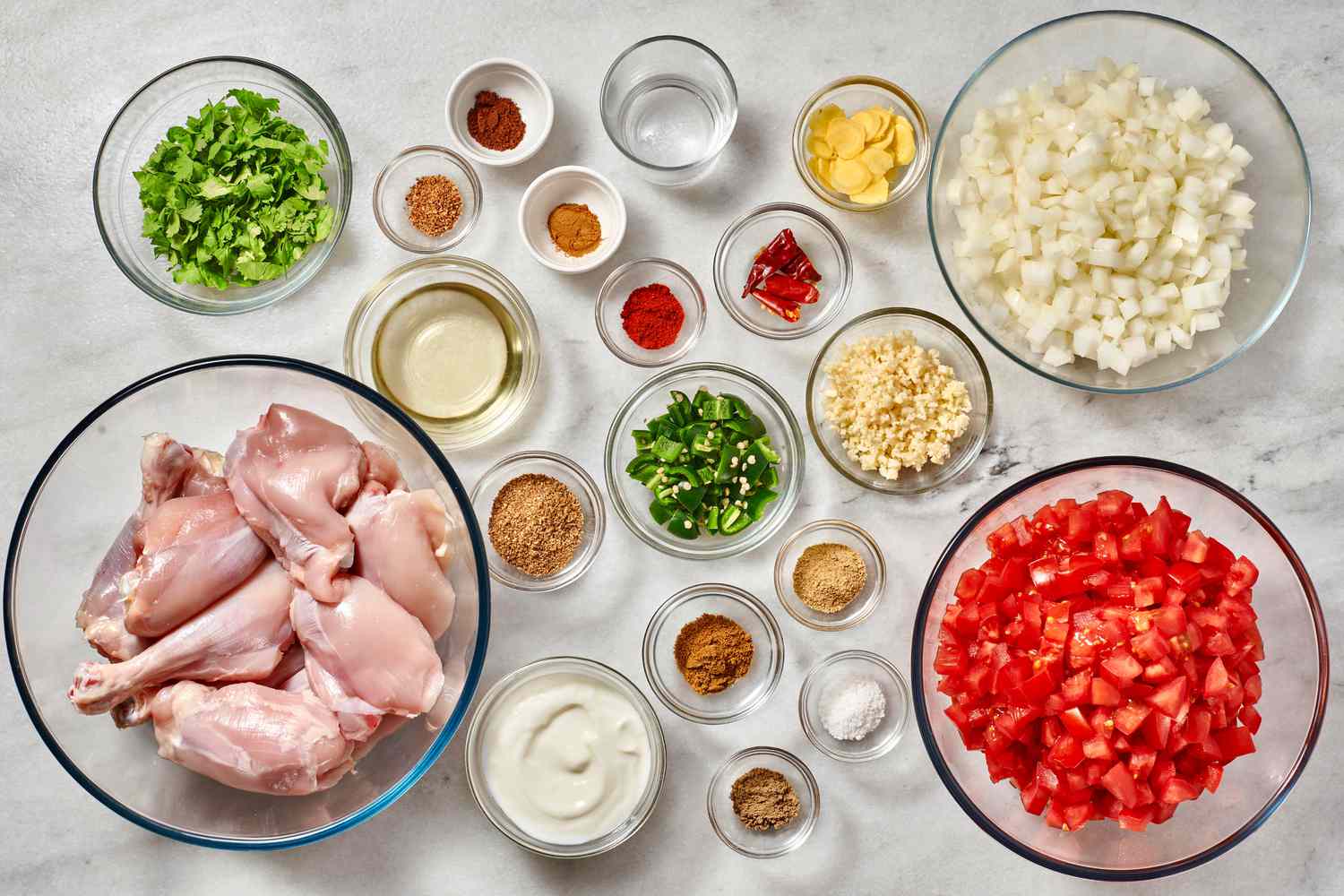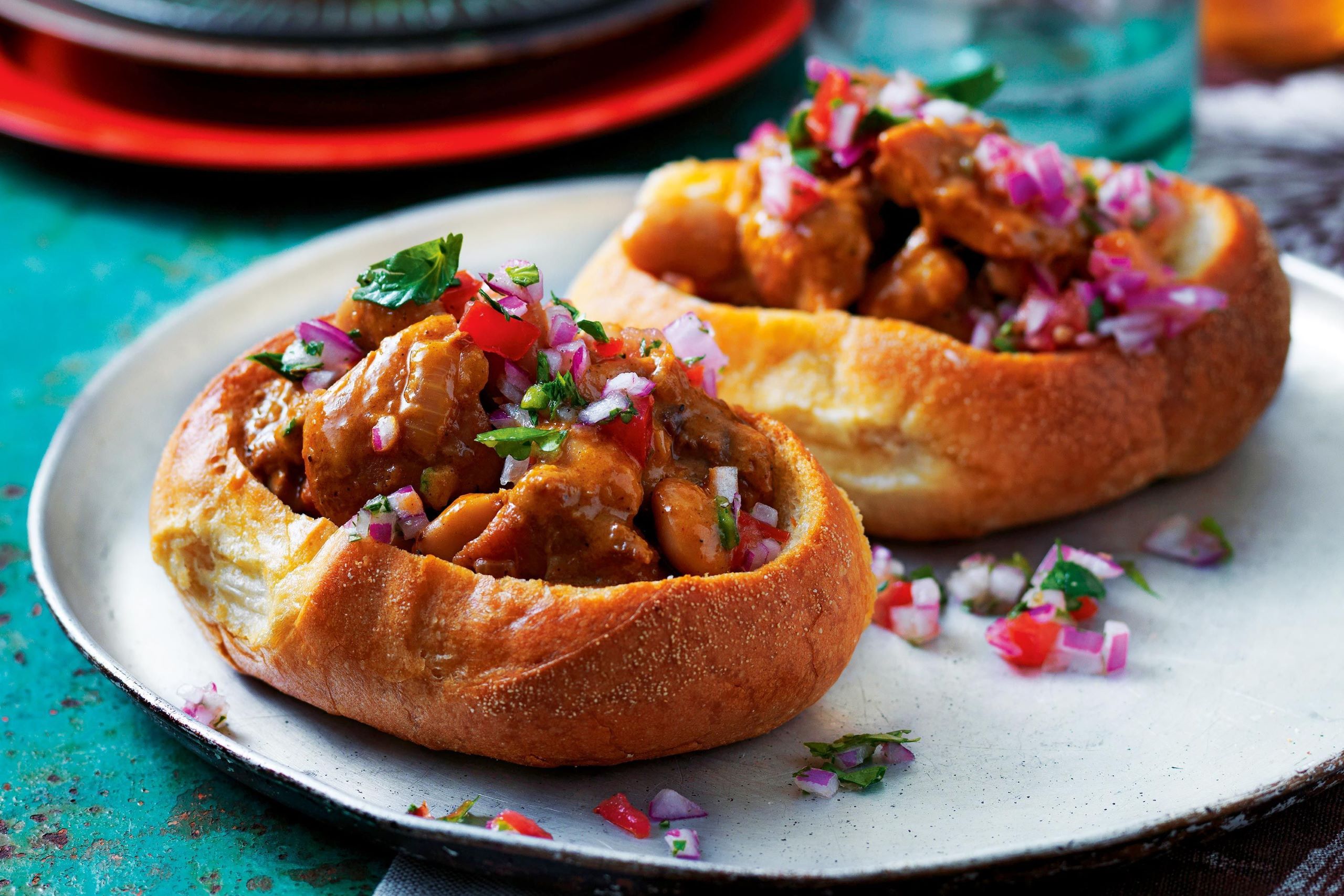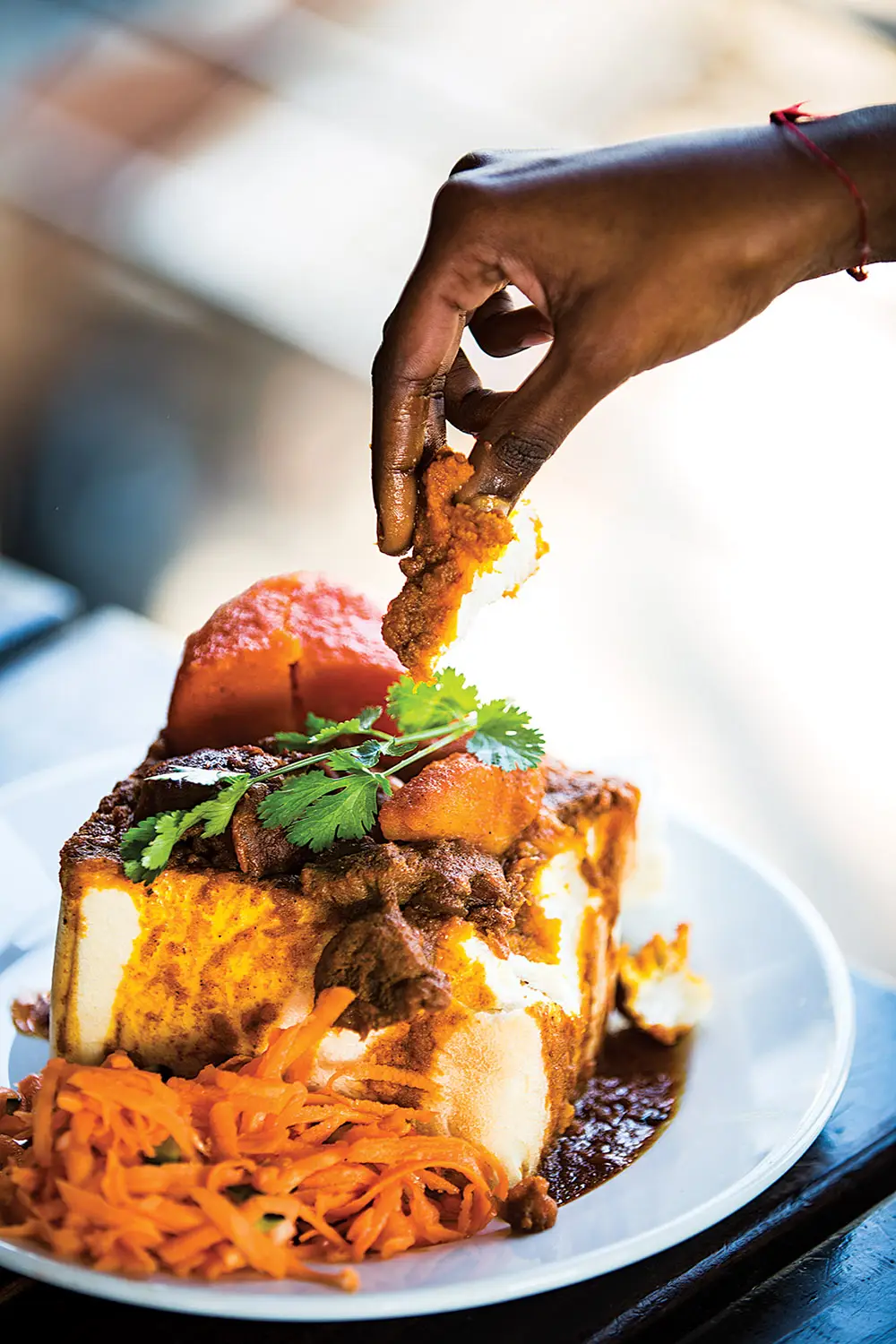Amidst the bustling markets and vibrant cultures of Durban, South Africa lies the origin of a dish as unique as its name: Bunny Chow. Don’t be misled by its unusual name, Bunny Chow is far from being a dish for rabbits. Instead, it’s a flavourful, spicy, and deeply satisfying meal that has transcended its humble beginnings to become a beloved staple across South Africa and beyond.
Origins
The history of Bunny Chow dates back to the 1940s, a creation born out of necessity and ingenuity. The dish was initially devised to serve takeaway food to people who were not allowed in certain restaurants during the apartheid era in South Africa. Indian labourers, working in the sugar cane plantations of KwaZulu-Natal, needed a convenient way to carry their lunches to the fields. The solution? Hollowing out a loaf of bread and filling it with hot curry, of course! This not only provided a hearty meal but also an edible container. The name “Bunny Chow” is believed to have originated from the Banias, an Indian merchant class, with “Bunny” possibly being a corruption of their name.
Variations
While the traditional Bunny Chow is filled with a spicy Durban curry made from mutton or lamb, the dish has evolved to include a plethora of variations catering to every palate. Chicken, beef, and vegetarian options abound, with kidney beans, chickpeas, or lentils serving as hearty substitutes for meat. The spice level, too, can vary from mild to fiery hot, accommodating both the spice enthusiasts and those with a milder preference.
Ingredients and Cooking Method

At its core, Bunny Chow is about simplicity and flavour. The basic ingredients include your choice of protein (lamb, chicken, beef, or legumes), onions, garlic, tomatoes, and a blend of spices typical to Indian cuisine such as cumin, coriander, garam masala, turmeric, and chili powder – or try a pre-mixed curry powder. The magic lies in the slow cooking of the curry, allowing the flavours to meld beautifully – we recommend about 45 minutes to an hour.
Preparing the Bunny: A Step-by-Step Guide
Curry Base: Start by sautéing onions and garlic in oil until golden. Add in your choice of diced meat or vegetables, browning slightly. Mix in the spices and cook until fragrant.
Building the Sauce: Add chopped tomatoes or tomato puree to the mix, along with water or stock. Simmer on low heat until the protein is tender, and the sauce thickens. Season with salt to taste.
The Bread: Bunny Chow is traditionally served in a hollowed-out loaf of white bread, quartered, or halved depending on the serving size. Remove the soft inner crumb to create a cavity, saving the bread to be dipped in the curry later. A great variation to spruce up the meal is to use crusty bread rolls rather than a loaf of bread.

Serving: Spoon the hot curry into the bread bowl, allowing the sauce to soak into the sides. Top with the scooped-out bread or serve it on the side for dipping.

Eating Bunny Chow is an experience. It’s typically enjoyed with hands, tearing off pieces of the bread and scooping up the curry, embodying a communal and tactile dining experience. It’s a dish that not only feeds the body but also connects people through its rich history and cultural fusion.
From its roots as a meal of convenience for Indian labourers to its status as a culinary icon, Bunny Chow embodies the spirit of South African resilience and diversity. Its popularity has surged globally, with variations popping up in restaurants and street food stalls around the world. Yet, at its heart, Bunny Chow remains a simple, delicious testament to the power of food in bringing people together, transcending boundaries, and creating shared memories. Whether you’re a seasoned chef or a curious foodie, making Bunny Chow at home is a journey worth taking, one that brings the rich tapestry of South African culture right to your table.


